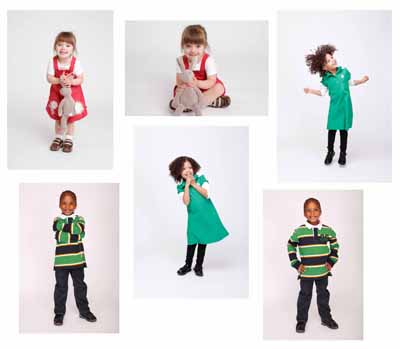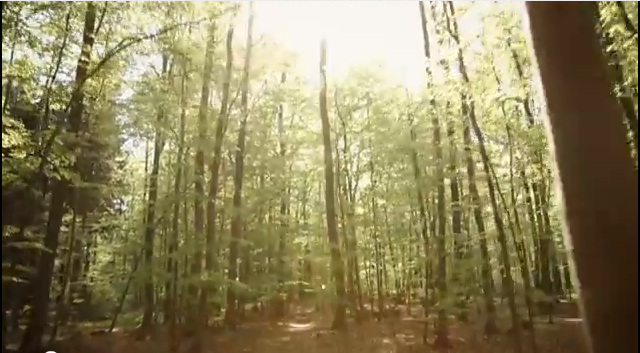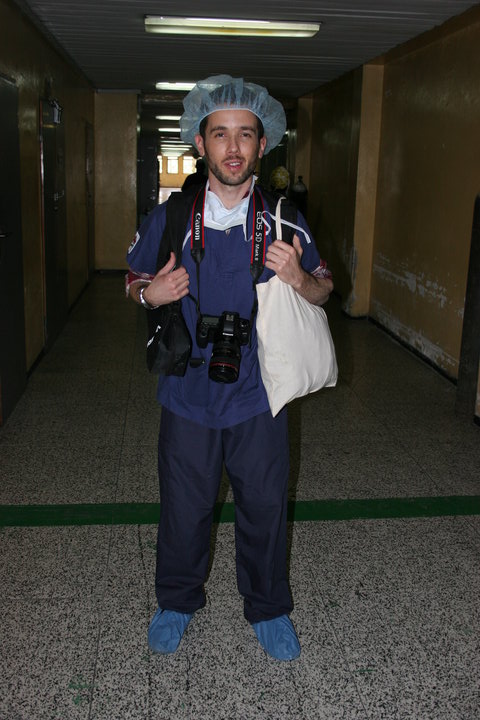
Picture This! What Makes a Great Video?
November 1, 2011
One of the questions that I inevitably get asked is, “What makes a great video?” Typically it’s one of those questions that gets asked early in an RFP interview. The question is an honest one – but often used to stump me. Still can actually. Great work is a bit of alchemy – an elusive mix of script, images and personality. Try to replicate the process a second time and ironically, an approach that seemed light and organic suddenly feels plodding and predictable. But that’s not the answer a potential client wants to hear.
That doesn’t mean that there aren’t guidelines. Great camerawork is great camerawork. That takes a great cameraperson. Same goes for scripting. Some writers are more suited to a certain type of material. But sometimes, a writer, unfamiliar with a genre or industry brings a fresh perspective – so it’s difficult to have hard guidelines, other than to say hire an experienced writer or camera person or production team. But, that feels like a bit of a lame recommendation.
However if you’re looking to have a video or commercial produced – there are a couple of areas that are important – areas where you are the key.
The first is your gut. Do you have an easy interaction with a potential producer or production team. Do they listen to your ideas? Do they understand your challenges? Do you find yourself brainstorming? If that conversation is stilted at the beginning of the process, chances are it will become more stilted later in the process, especially if you run into problems. A producer or production team may be production experts, but you understand your company and your business. That understanding is valuable. Add to the fact that most of us are de-facto video or television experts having spent way too much time in front of the TV. So trust your gut.
The second – and this is key: Who are you putting in front of the camera? Nothing makes or breaks a video more than the person or people in front of the camera. Typically organizations automatically put their senior people in front of the camera with little regard to whether he/she is shy or social, new to the organization or really the right representative for the message. When you are looking for subjects – you literally have to think of it as casting.
One of my favourite clients is Lisa at SickKids Foundation. One of Lisa’s jobs is to literally find (cast) subjects for the considerable media requests for SickKids patients, staff and doctors. Lisa literally has to nuture talent – keeping her eyes open for potential kids (and families) who can effectively represent the hospital or for doctors who have the expertise, patience and media savvy to appear on-camera.
At first it sounds easy, but the process is a lot more complicated than it first appears. Once she’s identified a potential subject – she has to get their buy-in. Advertising for the hospital is low on any parent’s priority list if they have a sick child. But, present the case in a positive way, and families often are proud to become advocates for the hospital. Same thing for doctors – that is of course, if you can actually catch up to a SickKids doc who’s splitting time between hospital rounds, research and teaching. It takes a lot of persistence to get any face-time. Once Lisa inevitably gets her two minutes – she presents a compelling case for being a spokesperson for the organization. Bottom line – increased profile often leads to more research dollars.
Every organization has their own potential stars: individuals who can speak passionately about management, employees and customers. Question is – do you know who they are? Before you produce a video, or put a spokesperson forward it’s an important question. Find the right people and you will be a big step ahead.
Visit Picture This! to read more blogs by Richard.





